Bobbleheads and… Blue Iguanas?
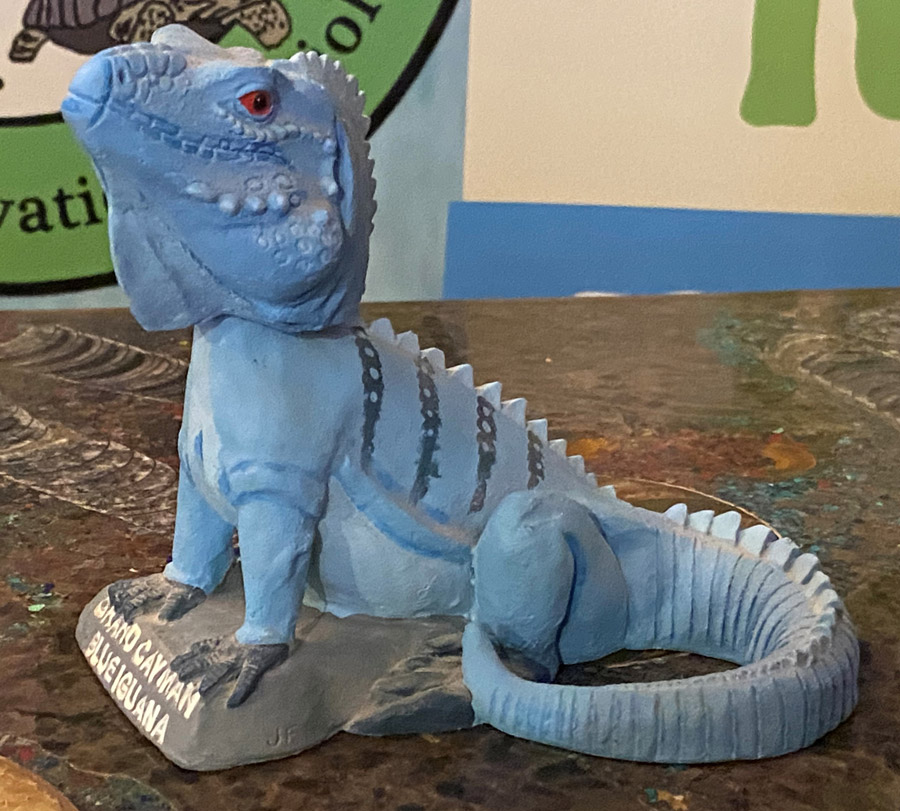
On January 7, we as a nation will celebrate the spring-connected figurines known as Bobbleheads! I don’t remember bobbleheads from my childhood, but now they seem to be everywhere. I see them most often for athletes and teams. I often wonder how significant those figurines will be in the following season. And yes, this topic […]
That Hurt! Where is a Bottle of Alcohol When You Need It?
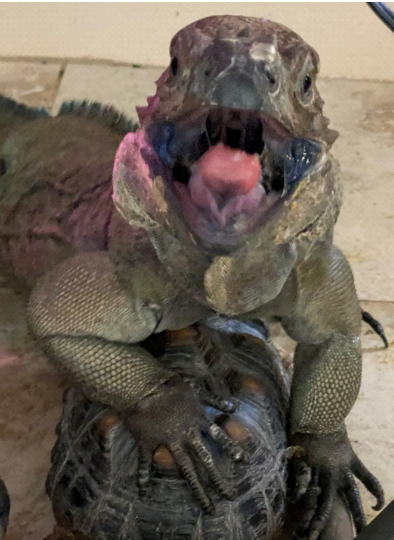
A couple of years ago I rescued a Rhinoceros Iguana, Rango, who had bitten her owner and a guest too many times. I brought her into my home and, after quarantine, allowed her to free roam — until she started biting my feet. I finally figured out it was the color socks or pants that […]
Interested in Becoming a Citizen-Scientist?

Recently, I posted on my social media about a citizen-scientist opportunity that you could do from the comfort of your home. This project was through Zooniverse. For an iguana study, people were needed to look at photos and count the iguanas they could see. The scientists took the photos and cut them into little pieces. […]
Humans Have Always Moved Animals–Let’s Do So for the Right Reasons
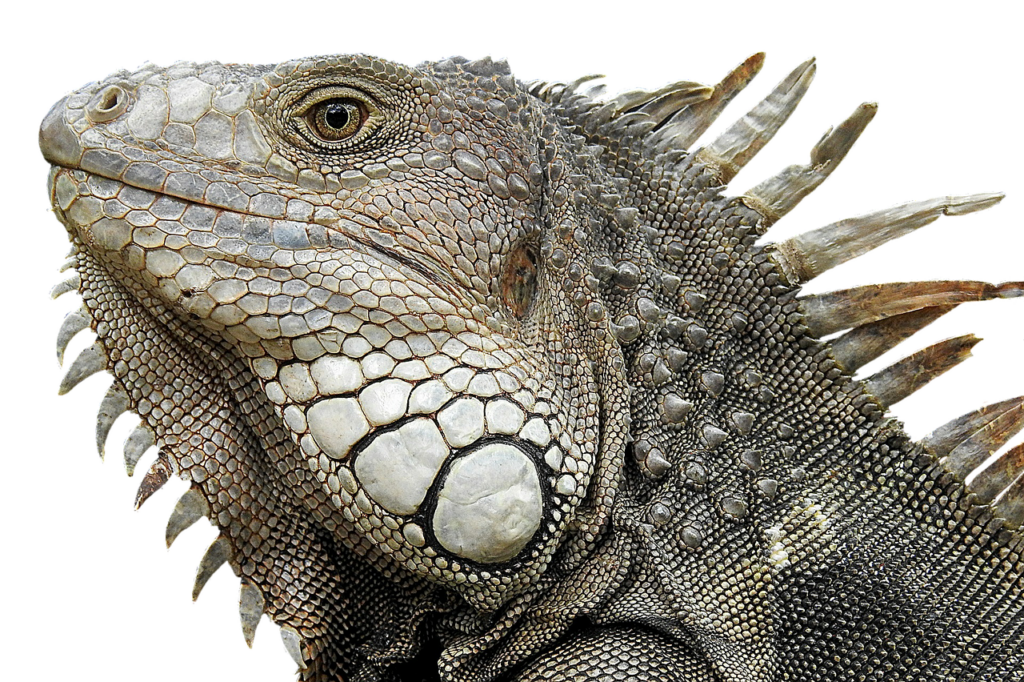
At a recent conservation meeting in the Caribbean regarding iguanas, there was discussion about establishing additional colonies on islands, so that the lizards would be protected from human-caused threats. The selected islands included their historical homes and new, safe places. Of course, moving animals is nothing new. Mankind has been moving and introducing animals to […]
November 19th is National Carbonated Beverage with Caffeine Day

When I saw that November 19 was National Carbonated Beverage with Caffeine Day, I immediately thought of my favorite soda, Mountain Dew. I prefer the light citric crispness of Diet Mountain Dew. I was attracted to the name, slang for moonshine, and its bright green color, of course. The color reminds me of green iguanas. […]
Sweet Iguana Dreams, My Friends
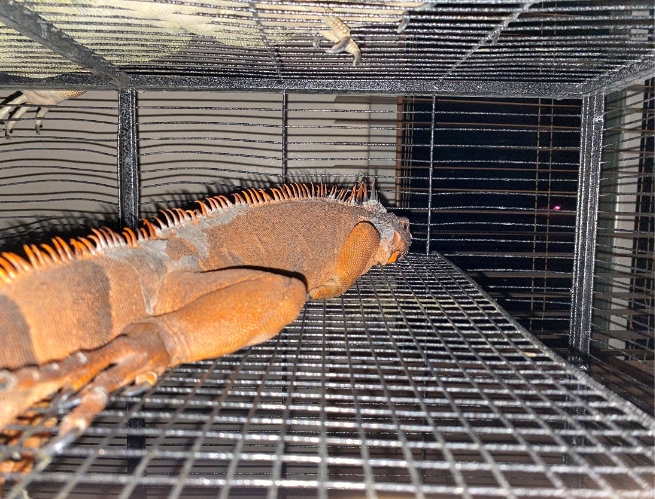
Every night I say “Sweet Iguana Dreams” to my iguana family members. Some people would think that is a silly thing to say, since iguanas are said not to dream. But I think they do. Iguanas are diurnal, active during the day and they sleep at night. In fact, they can sleep very soundly. I’ve […]
“That’s MY Bed!”
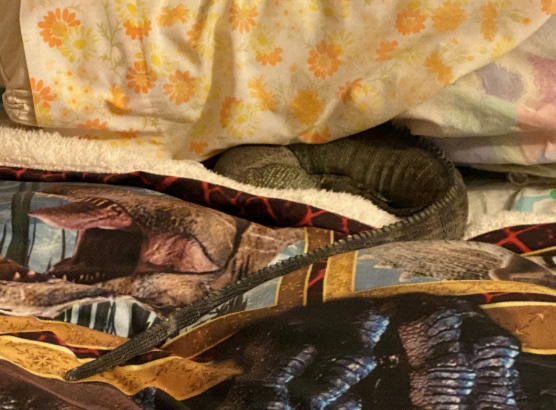
Among the many reptiles I share my home with is a rhinoceros rock iguana who usually free roams my house. She basks under the heat lamps with the tortoises, shares the plates of veggies and finds sunbeams to relax in. Mid-afternoon, it’s time to head under some rocks for a nap. No, I don’t have […]
Why Flake When You Can Shed?

Reptile skin is really interesting. Instead of flaking off like human skin does, reptiles shed their skin in strips. Snakes shed one complete body skin at a time. Lizards might shed their skin in sections of the body. The scales that make up the skin are made by the epidermis of the protein keratin. The […]
What is that Tongue Doing?
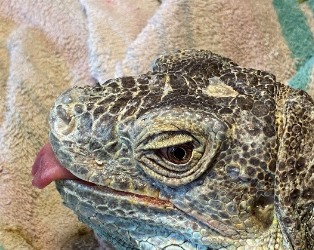
I have lived with many iguanas over the years, but Stella, a green iguana, is the only one who constantly sticks her tongue out. I’m always afraid I’ll startle her and she’ll cut her tongue with her razor sharp teeth. Fortunately, that has never happened. Her tongue is intact. So, why is her tongue always […]
How Do You Know if a Lizard is a Green Iguana? by Curtis Curly-tail
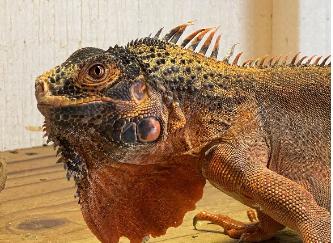
Hello, out there, friends and fans! It’s me, Curtis Curly-tail! Today, I wanted to ask you if you knew that Green Iguanas, Iguana iguana, come in different colors? And, if they come in different colors, how do you tell if a lizard is a green iguana? You look for the subtympanic scale. “What is that?” […]
60 Tried and True Iguana Foods

Ever since I operated a reptile rescue center, I’ve had a good number of iguanas. Over ninety percent of newly purchased iguanas die within the first year, so their good health is very important to me. Fresh vegetables and fruits are important to their survival. I use a potato peeler to make long slices of […]
